Welcoming a new pet into your family is an exciting time! But if you already have another pet at home, it’s important to be careful and considered about how you handle the introduction – early interactions set the tone for the long term relationship between your pets.
Here I’ve provided a step-by-step guide on introducing a new dog to a family cat, and a new cat to a family dog. Remember it will take time for trust to build between the two, but with care and patience they may grow to have a beautiful relationship!
Introducing a new dog to a family cat
Prepping your cat
It’s advantageous if your cat is comfortable in a crate before meeting your new dog, so we can orchestrate their first meeting in a strategic way in behavioural terms.
If you have time, desensitise your cat to the crate before your new dog arrives – feed your cat all of their meals in a crate, give them high value treats in a crate, and practise having periods of crate time throughout the day to ensure they feel relaxed in this type of containment.
Prepping your home
Ensure you set up separate spaces for your cat and your new dog. Your cat should have a safe haven in the home to retreat to where your new pup or dog can’t follow, this will help prevent them from refusing to come home when the new dog arrives or feeling uneasy from having to be always in the new dog’s presence. Using baby gates is an easy way to create partitions, or you can leave a window open for your cat to come and go from, giving them access to a separate part of the house.
Learning about your dog
If you’re getting a young puppy, fantastic, this is the perfect time to teach them that your cat is part of the family and needs to be treated calmly and with respect. If you are getting an older pup or dog, they may not have had a lot of socialisation with cats previously. Ask the breeder or rescue organisation for any intel they can provide on your new dog’s relationship with cats, so you know what to expect. If they indicate your dog is predatory towards cats, seek professional advice before attempting introductions.
Scent exchange
Before your new dog and cat meet, swap bedding and toys between the two if possible, so they can become familiar with the other’s smells.
Managing the level of stimulus
It’s important to slowly introduce your new pup or dog to an increasing level of stimulus when they meet your cat. If your cat scarpers off at speed the first time they meet, this can be highly arousing for your dog and is more likely to trigger the desire to chase the cat (not how we want their relationship to kick off). Instead we want to keep things as calm as possible to begin with, ensuring your new pup or dog remains in a calm, non-aggressive state.
Progress from:
- Cat contained in a crate to
- Cat not contained but still relatively still and quiet e.g being held in someone’s arms, or closed into the same room to
- Cat starting to move more freely
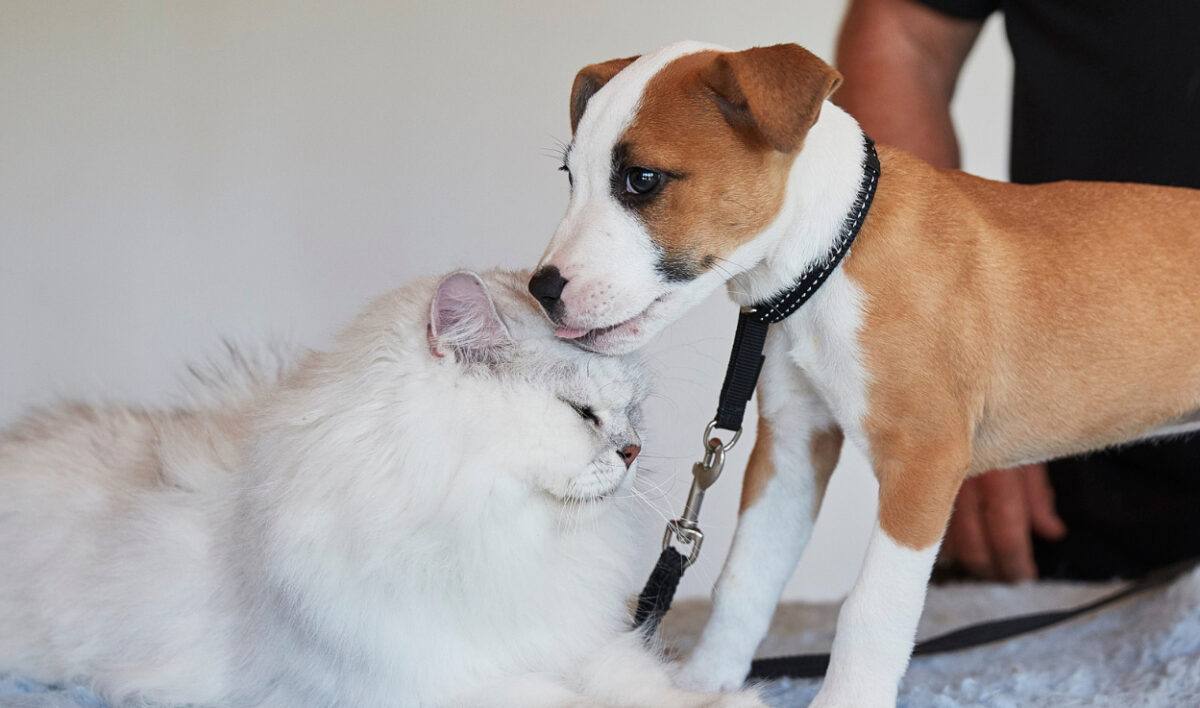
Handling the first introduction
When you’re bringing a new puppy or a new older dog into the house, it’s important to keep your cat safe and your dog under control while you manage the early interactions. We suggest doing the first introduction with your cat in a crate and your dog on lead. Cover one end of the crate with a sheet so your cat can retreat there to feel more safe, if you feel you need to.
Before bringing your dog in, use some treats to reward your dog for calm behaviour and for doing a few basic commands (if they already know Sit and Down etc). This will help get them relaxed and focused on you and the food treats. Then walk them up to the cat in the crate and allow them to sniff around. Reward regularly with high value treats if they are calm, not barking, growling, or trying to lunge at the cat.
By using treats and a clicker, we help the dog build a positive association to the cat and teach them to behave calmly in their presence.
Have the first few interactions all take place with your cat in the crate. Being enclosed will actually help your cat feel safe and protected too, especially if you’ve done the earlier prep work of helping them get used to the crate.
The next stage
When this is all going well, the next stage is to have your cat out of the crate, but being held in someone’s arms or closed into the same room as your new pup or dog. Keep your dog on a lead, but let your cat roam freely around the room. Ensure your cat has some high perches they can access so they can get up high and feel safe while they observe the new dog.
Once again, reward your dog continuously with high value treats if they are calm and not reacting aggressively to the cat. This situation may be slightly more arousing for your dog, as the cat is now moving which can stimulate a chasing response – so keep the lead on and manage it carefully.
Practise some basic commands with your dog using treats while your cat is free in the room, to help your dog relax and bring their focus back to you.
Trialling off lead
If this has gone well and your dog hasn’t shown signs of wanting to chase or attack your cat, you can then test your dog off lead in the same room as the cat. Once again, ensure your cat has vertical spaces to escape to and reward your dog for calm, sociable behaviour.
Seek professional help if needed
A dog’s predatory instincts can be strong. New puppies can try to play and chase a cat (which won’t set them up well for a relaxed relationship!), and older dogs may not have had a lot of experience with cats before. If you can see your pup or dog wants to chase your cat, or if they’re barking or growling at your cat, I’d suggest you seek some professional support to resolve this. Look for a local trainer with experience in this issue, or come and join one of my Virtual Training Schools. We’ll teach you techniques to help your dog understand that your cat is part of the family and correct inappropriate chasing, barking or growling. Use discount code FHD15 at checkout to get 15% off for the life of your membership.
Introducing a new cat to a family dog
Prepping your dog
Before adding a new cat to the family, it’s important to understand how your dog might react to a cat. Ideally your dog would have had some early socialisation with cats, and be showing no instinct to chase or attack them. If your dog does show predatory behaviour towards cats, I’d suggest you reconsider if you get a cat or otherwise seek advice from a professional behaviourist to resolve the issue before you bring a cat home.
In the weeks leading up to bringing your cat home, ideally give your dog some exposure to confident cats (at friend’s houses or out on the footpath), giving lots of food rewards for calm, sociable or uninterested behaviour.
When to do the introduction
I’d suggest giving your new kitten or cat a good few days to settle in before introducing your dog. Your cat needs a small designated area to move into for at least 2-3 days to help them feel safe, settle in and establish your home as their new territory (often a bathroom or laundry works well – include a bed, food and water bowls, toys and a litterbox). After this initial settling period is a good time to begin introductions with your dog, around day three or four.
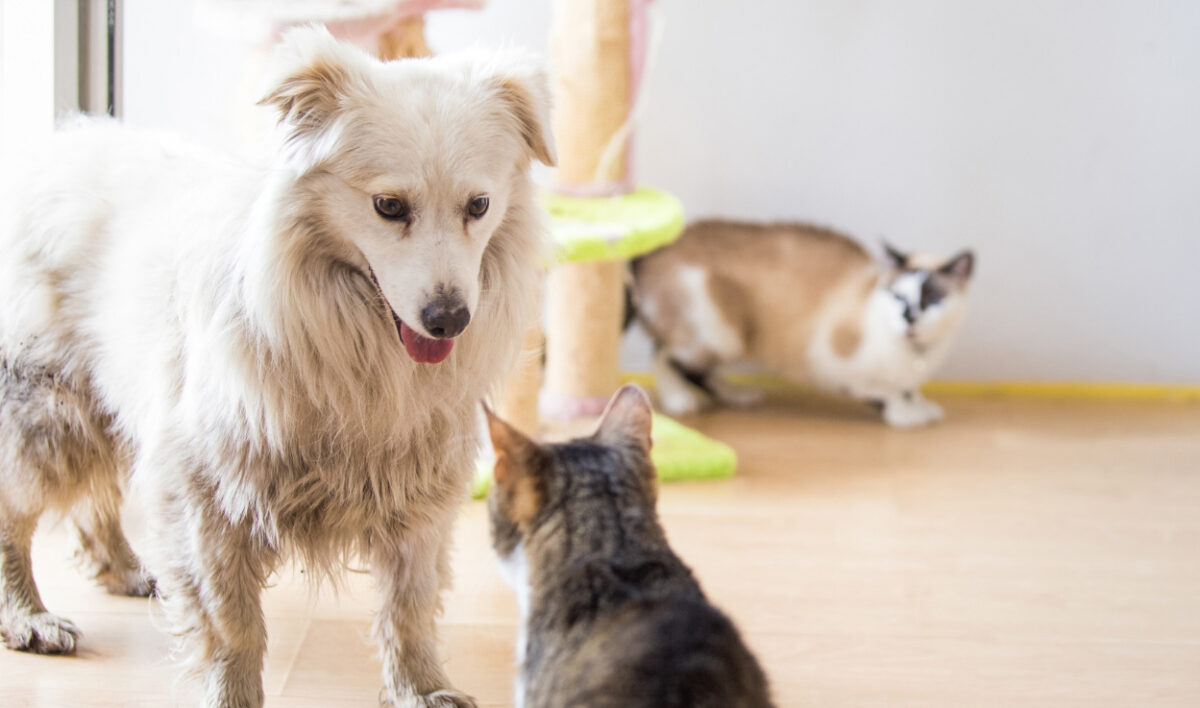
Familiarise your dog with your cat’s scent
During your cat’s three day settling period, you can begin to help your dog get familiar with your new cat’s smells, e.g. by allowing them to sniff a blanket or towel the cat has used or by swapping toys. This helps your dog become accustomed to the new arrival’s presence before they actually meet face to face (your dog will no doubt be able to sniff the cat in the house, too!).
Controlled introduction
For the first proper introduction, ensure it is done in a controlled way with a barrier so they can see and smell each other without touching. You can pop your cat in a crate for this, or use a baby gate in the doorway to your cat’s “safe room” area. Ideally use a clicker, and reward your dog with treats and praise for calm behaviour.
Supervised interaction
When the visual interaction is going well, allow them to meet properly under close supervision. Keep your dog on a lead to maintain control and prevent any sudden movements – particularly if you have a tiny new kitten, it doesn’t take much for them to become injured. Reward calm, sociable responses and remove your dog if they are barking, growling, trying to chase or lunge at the cat. Give your cat high perches to escape to in the room to help them feel safe and be able to observe your dog from above. Keep all interactions supervised for a couple of weeks until you’re feeling very confident in their relationship.
Reward calm behaviour
Whenever you can, reward your pets for calm, sociable behaviour while in the presence of the other. This will help them associate each other’s presence with good things, which helps to gradually build trust and acceptance. Be patient and don’t rush the process or force them into close interaction if they’re not comfortable with it yet.
Seek professional guidance in case of issues
It’s normal for there to be some initial tension, but with time and patience, cats and dogs can usually learn to co-exist peacefully. However if your dog is showing signs of aggression, I’d suggest you consult a professional behaviourist or come and join one of my Virtual Training Schools to help resolve this. We’ll teach you techniques to help your dog understand that your cat is part of the family and correct inappropriate chasing, barking or growling. Use discount code FHD15 at checkout to get 15% off for the life of your membership.
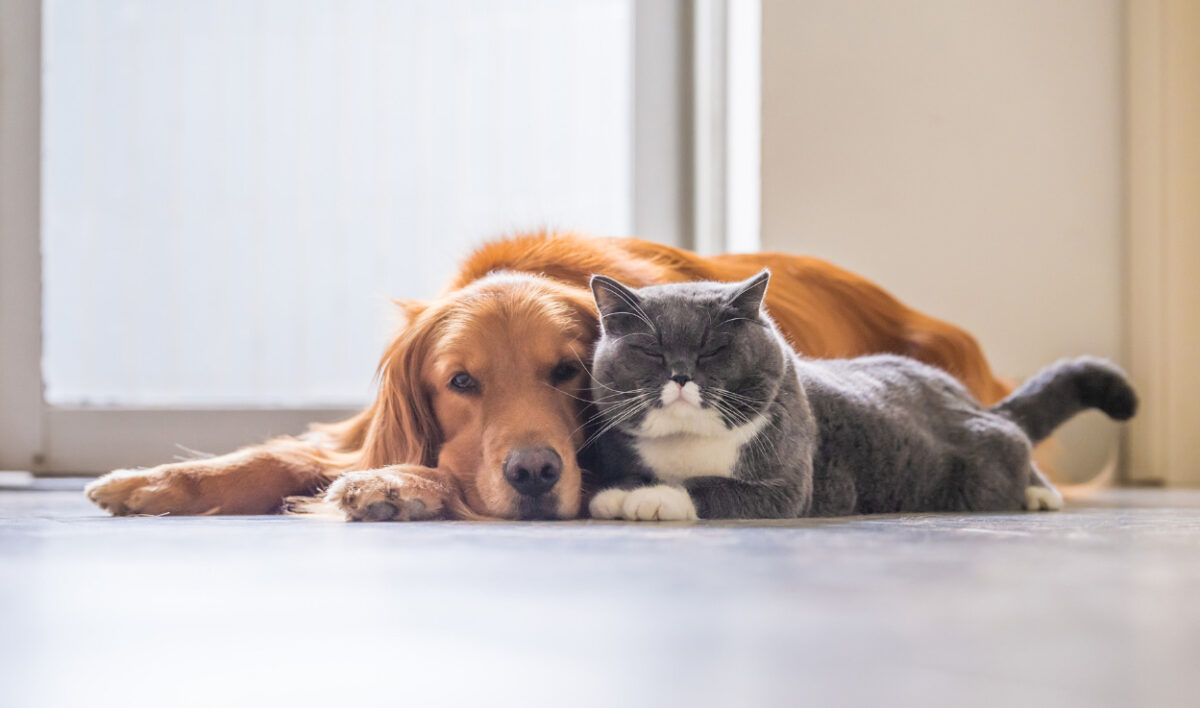
Good luck with your new pet!
I hope things go smoothly for you, and your pets find a way to live together happily and harmoniously!




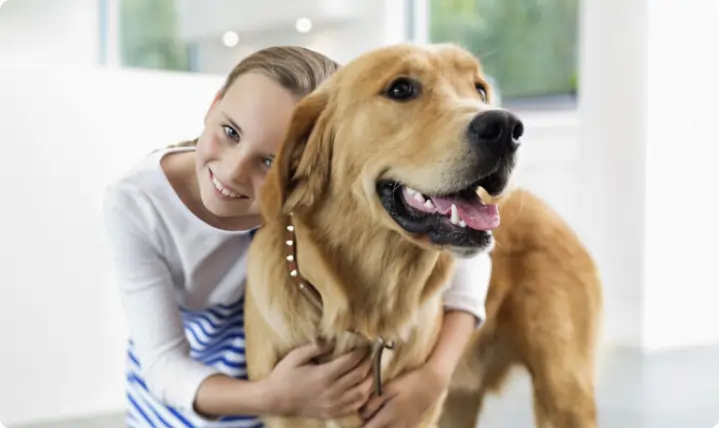

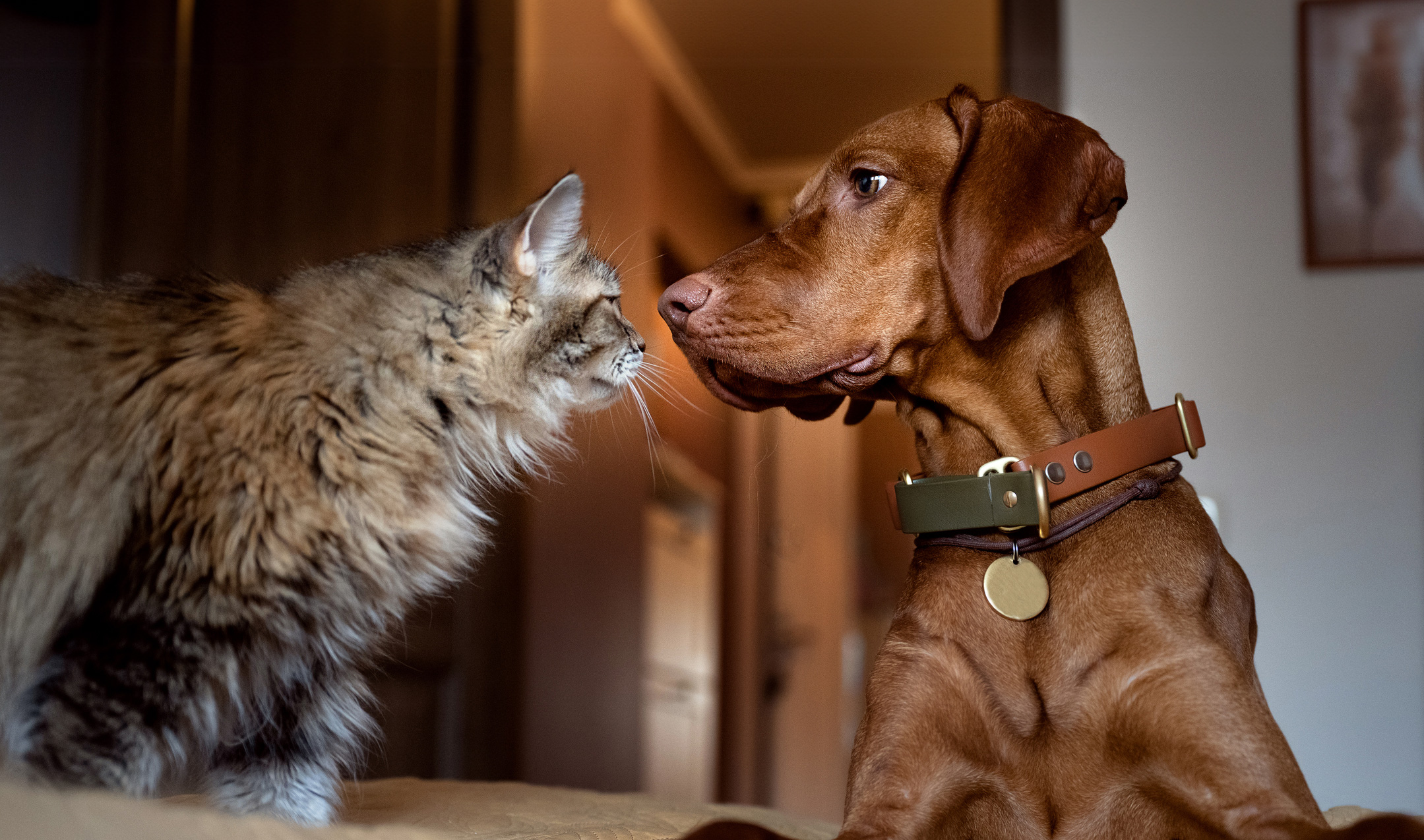
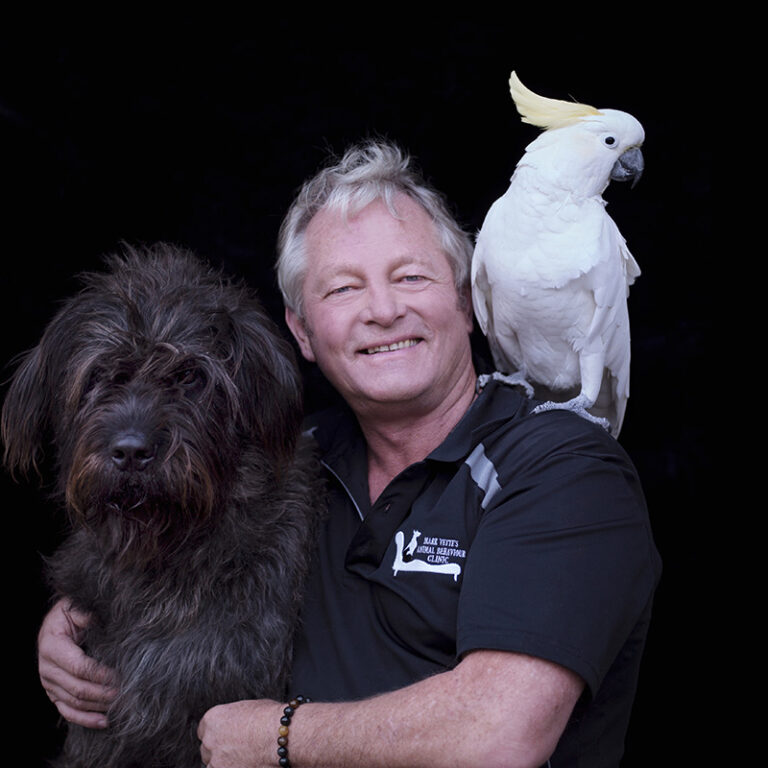



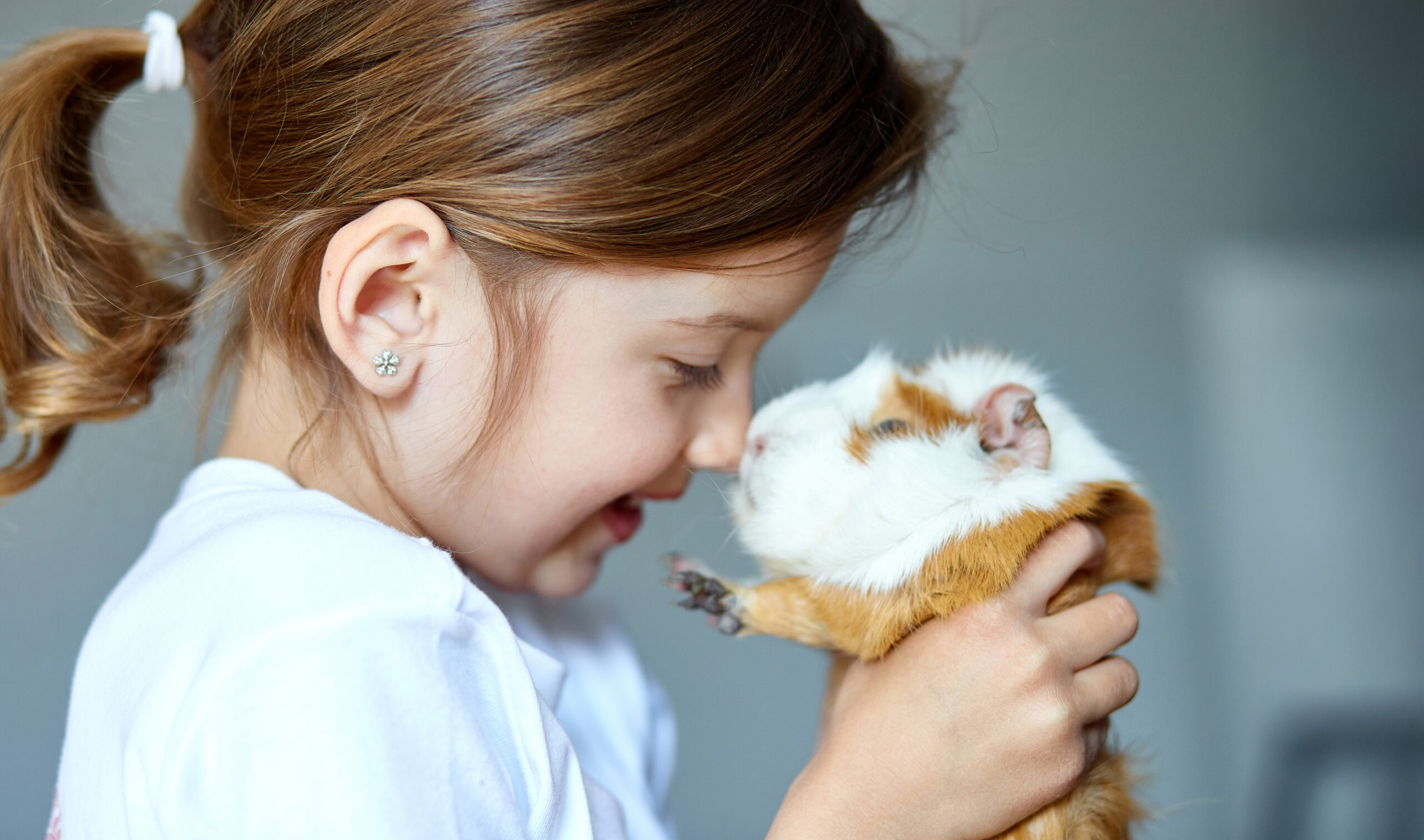
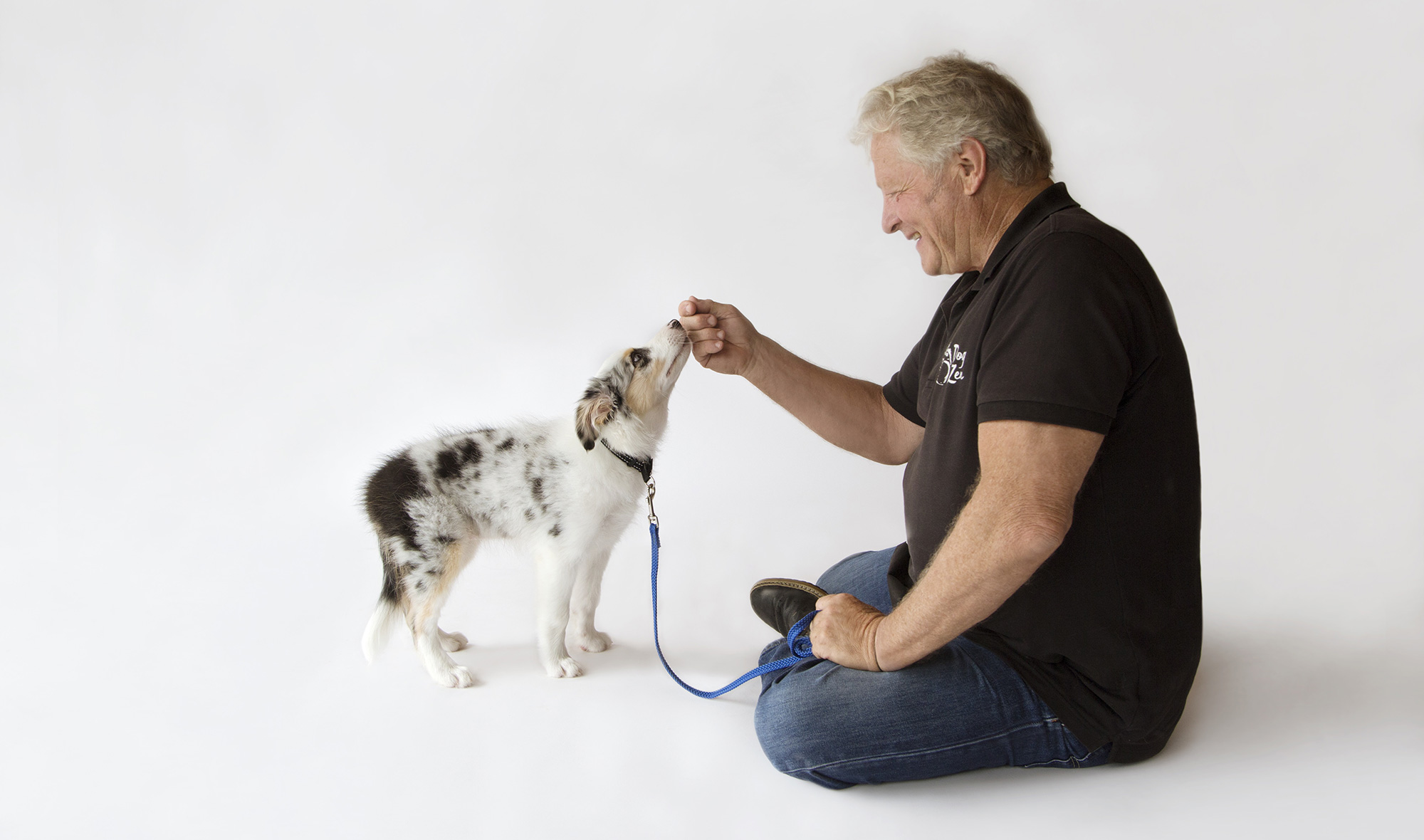

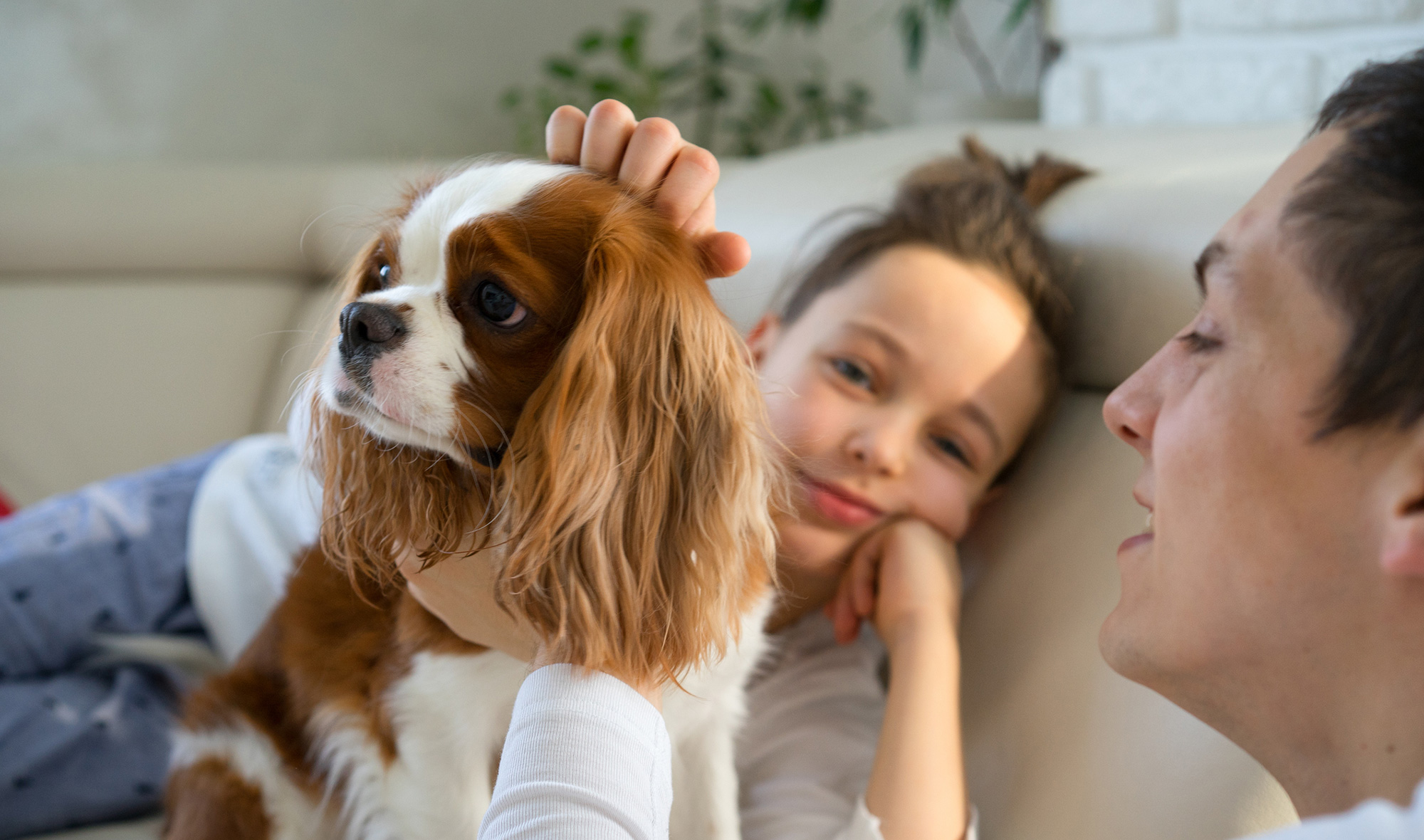





Community